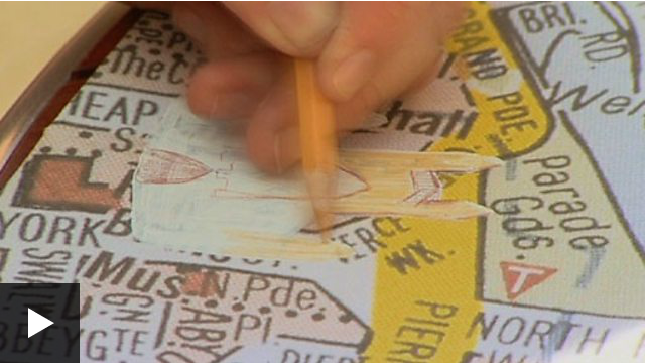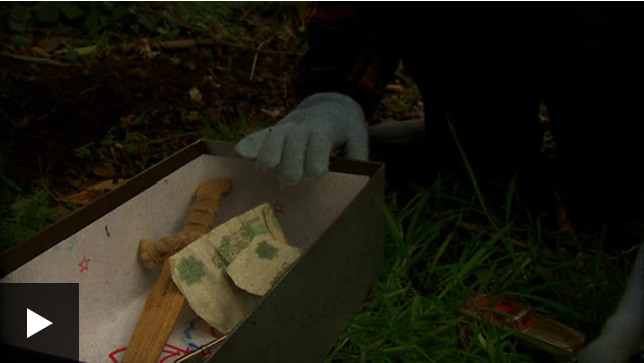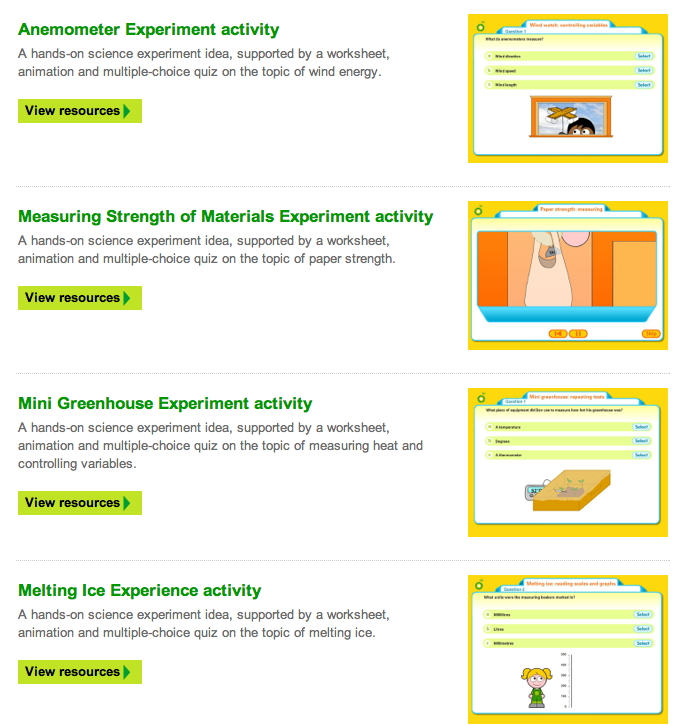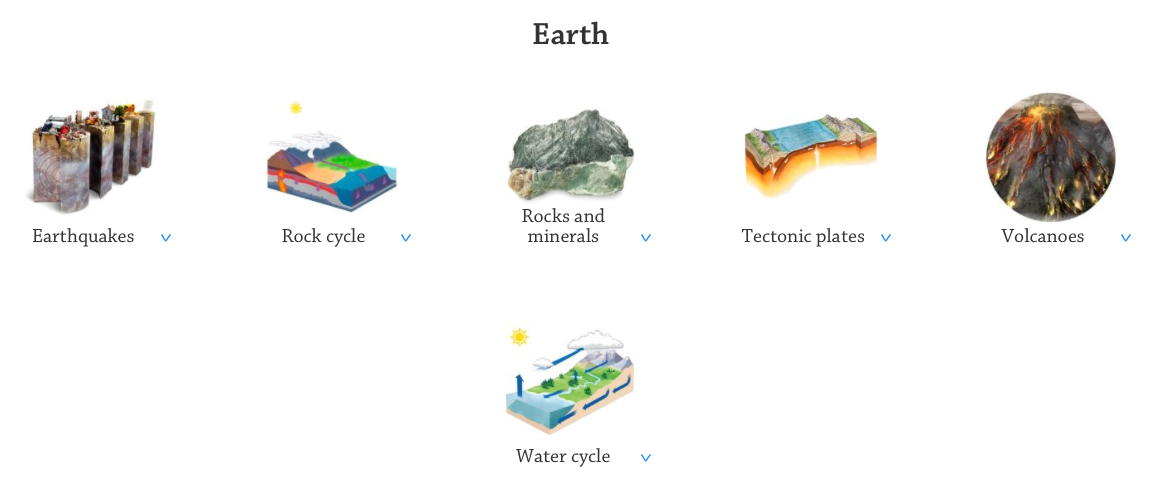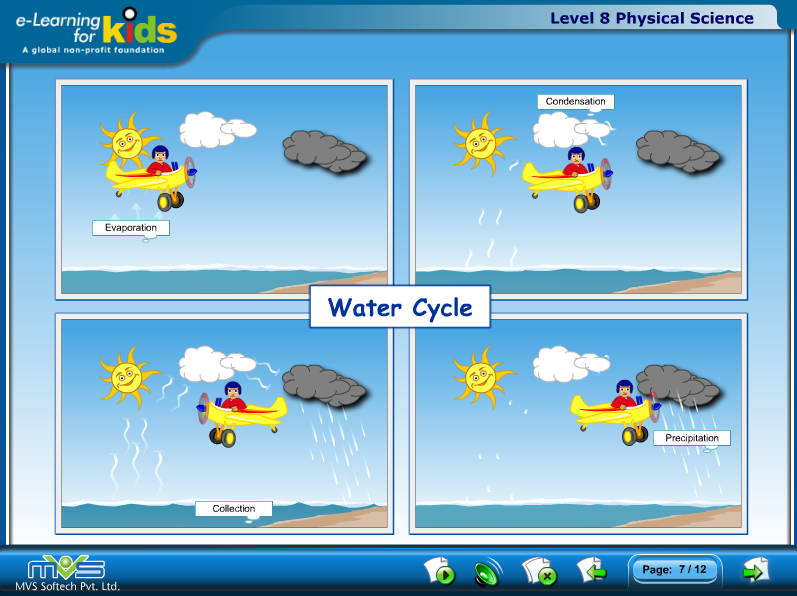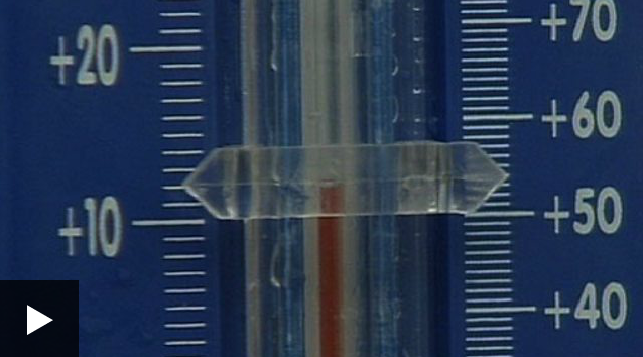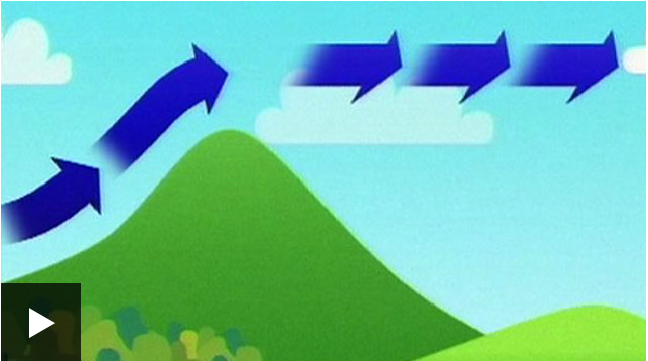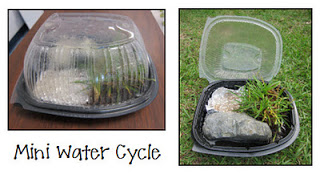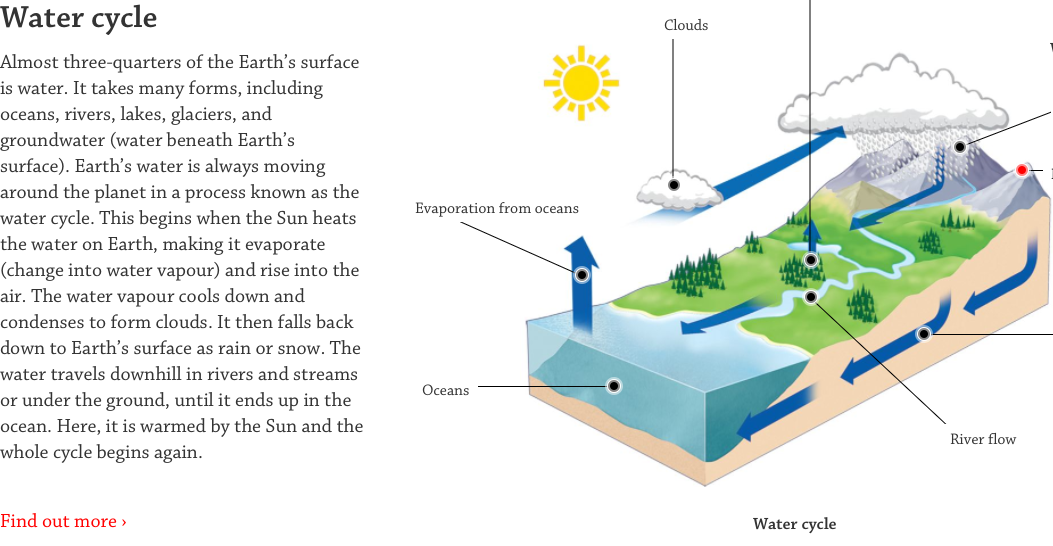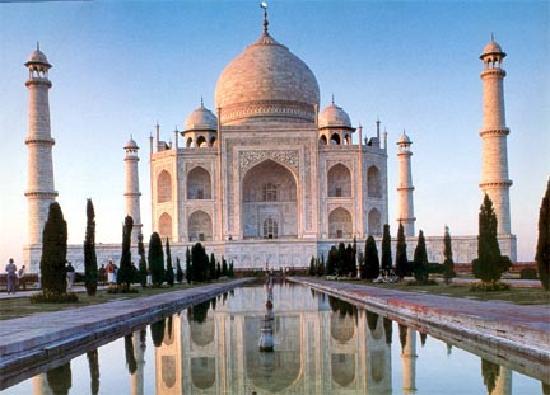Geography
Countries Around the World
This is a great resource that allows the reader to gain information on different countries around the world. It gives a brief introduction to the country and it also provides stories for your children to read linked to that country.
2D and 3D Maps
This geographical resource shows how to record the physical features of an area on to a 2D map using painting and sketching.
Your children can use this to create 3D images of memorable places and landmarks in their local environment. This is a simple technique for a range of abilities and ages in field work.
This clip demonstrates an innovative way to get children to look at their immediate surrounding area and to take note of what it contains. This is an ideal starter for map-work and could be used on a small scale to plot a classroom, dining hall or sports area for example.
Reading Maps
Mr Measure finds a map he made as a boy. The map gives directions using compass points and distances in metres to find the hidden time capsule he buried in the woods 30 years ago.
Mr Measure and his son go to the woods and follow the instructions on the map using a compass and tape measure. The viewer is then ask us to draw the map of their route using a 1cm to 1m scale, to plot a quicker route and finally to reverse the directions.
This resource is great learning navigational skills, but also for linking it with numeracy.
Geography 7-9 Years
Anemometer Experiment activity
A hands-on science experiment idea, supported by a worksheet, animation and multiple-choice quiz on the topic of wind energy.
Measuring Strength of Materials Experiment activity
A hands-on science experiment idea, supported by a worksheet, animation and multiple-choice quiz on the topic of paper strength.
Mini Greenhouse Experiment activity
A hands-on science experiment idea, supported by a worksheet, animation and multiple-choice quiz on the topic of measuring heat and controlling variables.
Melting Ice Experience activity
A hands-on science experiment idea, supported by a worksheet, animation and multiple-choice quiz on the topic of melting ice.
About Earth
This resource provides opportunities for group, independent and discussion based work. It explores earthquakes, volcanoes, rocks and minerals, tectonic plates and the water cycle. You can select the area you wish to work on and can explore the interactive information.
Water Cycle
This animated resource explain the four parts of the water cycle. It explain what happens at each stage. This is a fantastic resource which the children could use independently. At the end of the animation there are 4 activities whereby the children are challenged to put what they have learn into practice.
Measuring Weather
The ‘Weather Watchers’ in Cumbria keep a weekly record of various aspects of the weather. They use a thermometer to measure the air temperature, an anemometer to measure the wind speed, a weather vane and compass to work out the direction of the wind, and a rain gauge to measure rainfall.
This resource introduces your class to key vocabulary associated with weather and highlights the instruments used to measure the temperature, wind and rain.
The clip also teaches your children why measuring temperature out of direct sunlight is important and many of tips.
Wind Speed
This resource introduces your class to key weather terms such as gusts, breezy, windy, swirling, scales, anemometer and more.
The video clip also highlights how the wind speed changes depending on the location of the anemometer. For example, it highlights how the wind speed on the hills in much greater than in the city because it is shaded by buildings.
Water Cycle
Water on the earth is constantly moving. It is recycled over and over again. This recycling process is called the water cycle. This is a mini water cycle. Add a rock to represent a mountain, grass for the vegetation, and a small pond made from alluminum foil and filled with water. To power up the water cycle, you close the container and put it in the sun. To find out more Click Here.
Interactive Water Cycle
Did you know that over three-quarter of the Earth’s surface is water? Moving in a cycle, water takes many different forms. From running water to frozen glaciers, water is the most important resource we have on Earth. To learn more click the image.
Brazil - powerpoint and tasks
A great powerpoint introducing Brazil. This resource also included research activities for your children to develop their knowledge.


